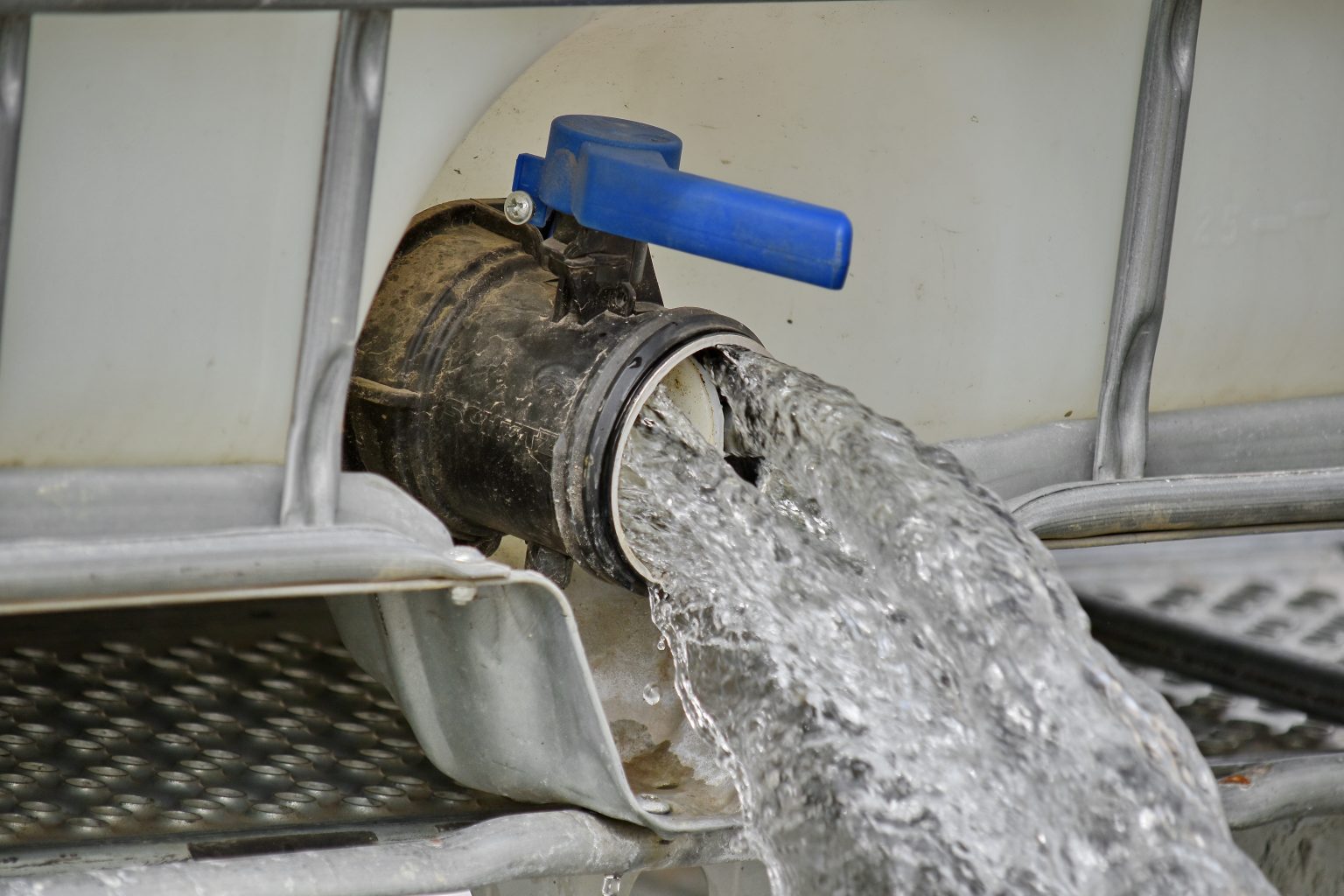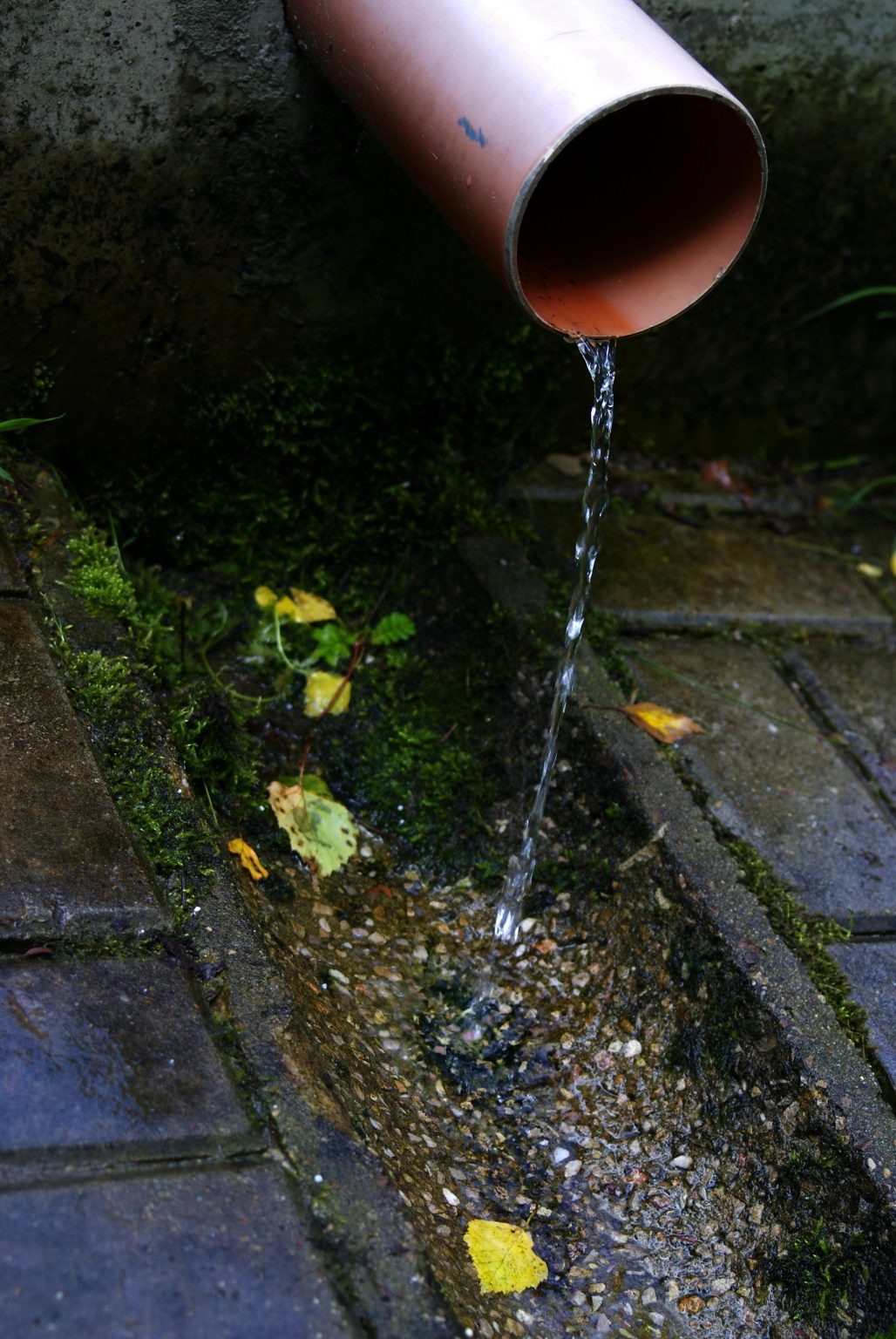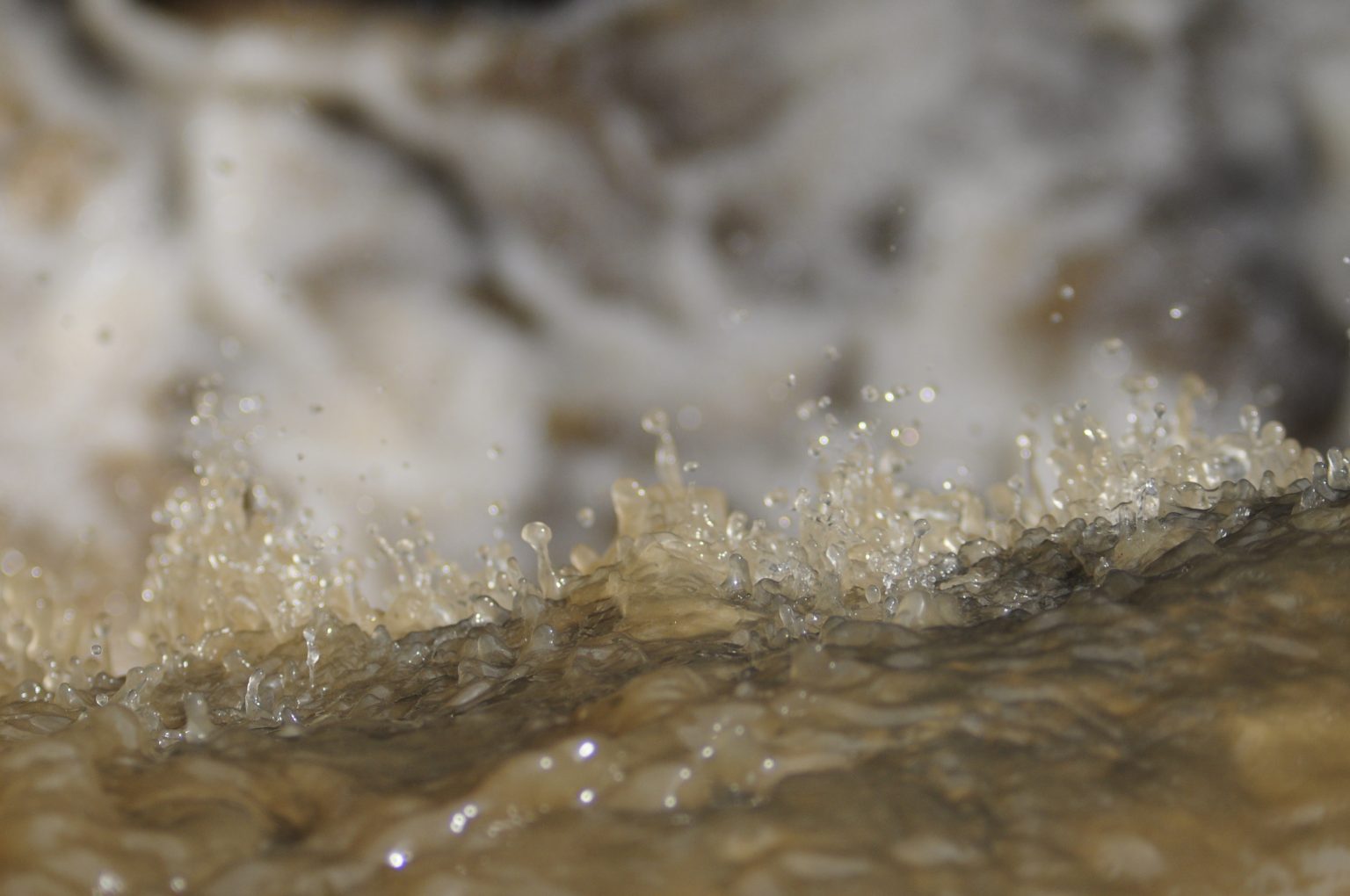
Blowdown is the process whereby the water that is evaporated during the cooling process leaves behind contaminants. Bleeding describes when the operator flushes the blowdown water that has been recirculating in the system. Water may evaporate each cycle, but the contaminants inside of it remain. As water is recirculated through the cooling tower system it builds up more and more contaminants. These contaminants include bacteria such as legionella, biofilm, algae, etc. Contaminated water contributes to impeded heat transfer, corrosion, fouling, scaling, and sickness of nearby people.
For expert cooling tower blowdown help or any other water treatment concerns contact Chardon Laboratories here.

For this, you will want a reliable bleed solenoid. Preferably it will have a motorized ball valve, as these consistently turn the bleed on and off when it is needed to flush. It is also recommended to have a quality automatic bleed valve (ARV). Additionally, it is wise to install a controller, we recommend Advantage Controllers. These controllers can measure important aspects like cycles of concentration and automatically bleed your system when necessary. Bleeding a cooling tower can be done by manually turning the valve, but the automatic system paired with a controller is recommended for consistency. The amount of cycles of concentration water in the tower can go through varies based on factors such as the water hardness in the area.

Cooling tower treatment requires the controlled discharge from cooling towers and other recirculating water systems is designed to maintain a certain level of water usage efficiency or cycles of concentration. Evaporation causes the concentration of naturally occurring dissolved solids in cooling tower water to be greater than the water source from which it started.
The scrubbing effect water has on air pulled through the cooling tower to increase evaporation causes common, naturally occurring bacteria to become more concentrated in cooling tower water. The safest and most environmentally responsible way to get rid of the controlled discharge of cooling tower water is to drain it to the sanitary sewer.
Unfortunately, many older systems were designed to drain cooling tower water directly to drainage tile fields, collection ponds, ditches, creeks or other storm sewers. In 1987 the Environmental Protection Agency (EPA) enacted the Clean Water Act. With it came the need for a permit under a process called National Pollution Discharge Elimination System, or NPDES. The intent of this process is to restrict and eventually eliminate the discharge of “pollutants” to storm sewers and other surface water sources.
NPDES has proven to be a significant expense to many companies with cooling towers. There are only two options: discharge tower water to a sanitary sewer to sewage treatment facility, or obtain an NPDES permit. If cooling tower water is not already discharged to a sanitary sewer, then plumbing the discharge to an acceptable sewer is usually the best option. Only as a last resort should an NPDES permit be pursued.
To receive expert help with tower water disposal, NPDES requirements, or other water treatment questions you have contact Chardon Laboratories here.